Counteracting the Effects of Prolonged Sitting: Empower Your Practice with Corrective Exercise
As a massage therapist or personal trainer, you're familiar with the challenges posed by prolonged sitting. The sedentary nature of many occupations can lead to postural imbalances, decreased mobility, and weakened muscles.
However, incorporating corrective exercise into your practice can be a game-changer.
In this blog, we will delve into the effects of prolonged sitting and explore how corrective exercise can help you address these issues. By empowering yourself with knowledge and practical tools, you can enhance your ability to support your clients' well-being effectively.
Understanding the Effects of Prolonged Sitting
Prolonged sitting can take a toll on the body, resulting in various concerns such as muscular imbalances, reduced mobility, and weakened postural muscles. By being aware of these effects, you can better grasp the importance of integrating corrective exercise into your practice.
Below are a few ways that sitting affects your clients:
Muscular Imbalances:
Prolonged sitting can lead to muscular imbalances, particularly in the hips, glutes, and core muscles. The prolonged flexed position of the hip joint can cause certain muscles to become shortened and tight, while others may become weakened and lengthened. This imbalance can result in postural issues, such as anterior pelvic tilt, rounded shoulders, and an increased risk of injuries.
Decreased Mobility:
Sitting for extended periods can cause stiffness and decreased range of motion in the joints, particularly the hips, spine, and shoulders. Reduced mobility can hinder proper movement patterns and increase the risk of musculoskeletal imbalances, as well as joint and muscle discomfort. It can also limit our ability to perform everyday activities with ease and efficiency.
Weakened Postural Muscles:
Maintaining poor posture while sitting, such as slouching or hunching over, can weaken the muscles responsible for supporting an upright posture. Over time, this can lead to chronic postural imbalances, discomfort, and increased strain on the neck, back, and shoulders. Weakened postural muscles may contribute to poor alignment and compromised spinal health.
Impaired Circulation:
Sitting for prolonged periods can negatively affect circulation, as it reduces blood flow and lymphatic drainage in the body. This can result in fluid retention, decreased nutrient delivery to tissues, and impaired waste removal. Inadequate circulation may contribute to feelings of fatigue, swelling in the legs and feet, and an increased risk of certain health conditions.
Increased Health Risks:
Studies have linked prolonged sitting to an increased risk of various health issues, including obesity, diabetes, cardiovascular diseases, and certain types of cancer. Sitting for extended periods without breaks for movement or exercise can impact metabolic function, insulin sensitivity, and overall cardiovascular health.
The Power of Corrective Exercise
Corrective exercise offers targeted solutions to counteract the effects of prolonged sitting. By incorporating specific exercises into your client sessions, you can address muscular imbalances, improve joint mobility, and strengthen postural muscles.
This approach empowers your clients to regain balance, alleviate discomfort, and optimize their overall movement patterns.
Integrating Corrective Exercise into Your Practice: To effectively integrate corrective exercise into your practice, consider the following steps:
Assess: Begin by assessing your clients' postural imbalances, movement limitations, and specific needs. This evaluation will guide you in tailoring a personalized corrective exercise program.
Educate: Share your knowledge with clients, teaching them about the effects of prolonged sitting and the benefits of corrective exercise. By educating them, you empower them to take an active role in their own well-being.
Implement: Incorporate corrective exercises into your client sessions, ensuring proper form and technique. Monitor their progress and adjust the program as needed to address their evolving needs.
Small Movements Make Big Changes
Incorporating corrective exercise into your massage therapy or personal training business can be a catalyst for transformative change.
By understanding the effects of prolonged sitting and harnessing the power of targeted exercises, you can revolutionize your approach to client care. Assessing individual needs, educating clients about the benefits of corrective exercise, and implementing personalized programs, can empower your clients to regain balance, enhance mobility, and strengthen postural muscles.
Embrace this journey of continuous learning and adaptation, as it holds the key to elevating your practice and making a lasting impact on the well-being of your clients. By leveraging corrective exercise as a valuable tool, you can unlock the full potential of your practice and create a positive ripple effect in the lives of those you serve.
Remember, the power of corrective exercise lies in its ability to counteract the effects of sedentary lifestyles and empower individuals to reclaim optimal movement and well-being. Embrace this transformative approach, and witness the profound difference it can make in your practice and the lives of your clients.
Together, let's ignite transformation and unleash the boundless possibilities that await through the integration of corrective exercise into your practice.
Sources:
Thorp, A. A., et al. (2011). P
